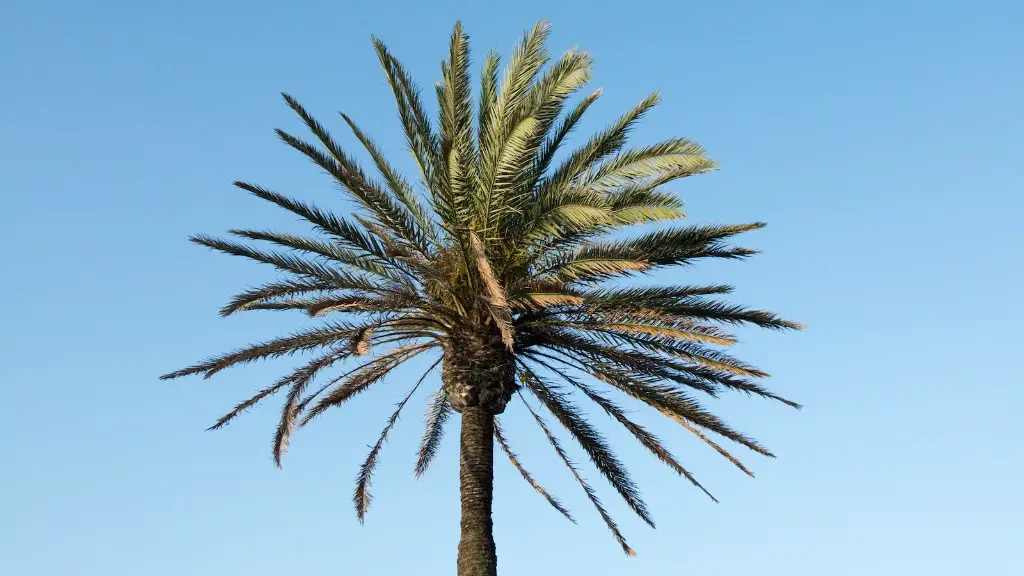Knowing when to prune a lemon tree is important for it to remain healthy and productive. In South Africa, the best time to prune a lemon tree is during late autumn or winter, when it is dormant. This is when the tree’s defences are at their strongest, meaning it can heal after pruning and regrow fast. Pruning when the tree is active and growing, or in spring or summer, can do more harm than good.
When pruning a lemon tree in South Africa, the main reason for doing it is to maintain it in good health. By removing dead or dying branches and crossing branches, the tree can maintain its shape and direct its energies into producing lemons. Pruning also helps to open up the centre of the tree, allowing better air and sunlight penetration.
It’s also helpful to fertilize your lemon tree during winter to give it a good start when it wakes up in late winter or early spring. Fertilizing with a balanced fertilizer before you start pruning is the best way to ensure your tree won’t run out of the nutrients it needs while it is renewing itself.
When pruning a lemon tree in South Africa, you should always remember to make your cuts just above a growth bud. This way, you are encouraging regrowth in the direction you wish for the tree to form. Once you are finished, don’t forget to water well to encourage healing.
Before pruning, it’s also an idea to inspect the tree for any signs of pests or disease. If you do find any, it’s best to deal with that before you start pruning. If you don’t, you risk spreading the disease or infestation further.
Finally, bear in mind that if you prune too vigorously, the tree’s productivity can be affected. Remove too much, and the tree may struggle to recover fully and be able to produce lemons in the next season.
Pruning a Lemon Tree in Summer
Summer is not an ideal time to prune a lemon tree in South Africa, as the tree is actively growing and its defences are weaker. Pruning when the tree is in active growth can cause stress and damage to the tree, which can affect its health and productivity. Pruning during summer should only be done if absolutely necessary, and even then, it should be kept to the minimum.
Trimming and Shaping a Lemon Tree
When trimming and shaping a lemon tree in South Africa, you should be careful not to over do it. Too much trimming and pruning can cause shock and stress to the tree, and this can damage the roots and branches, making it difficult for the tree to recover. Trimming and shaping should be done on an as-needed basis, and not just for aesthetics. If you need to give your tree some extra attention, late autumn/winter is the best time to do it.
Pests and Disease Control
Lemon trees in South Africa are vulnerable to pests and diseases, and pruning can help to reduce the risk. By pruning out dead or dying branches, or branches that are showing signs of infestation or disease, you can reduce the spread of the problem. Regular inspections and swift action can help keep your tree healthy and productive for years to come.
Using Prunings for Mulch and Compost
Once you prune your lemon tree in South Africa, you can use the prunings to create mulch and compost. As long as you don’t have an outbreak of disease or pests in the tree, the prunings can be used in the garden bed, or added to the compost heap. Mulch and compost are both beneficial for the health of your garden, and the recycled prunings of your lemon tree are a great source of nutrients.


